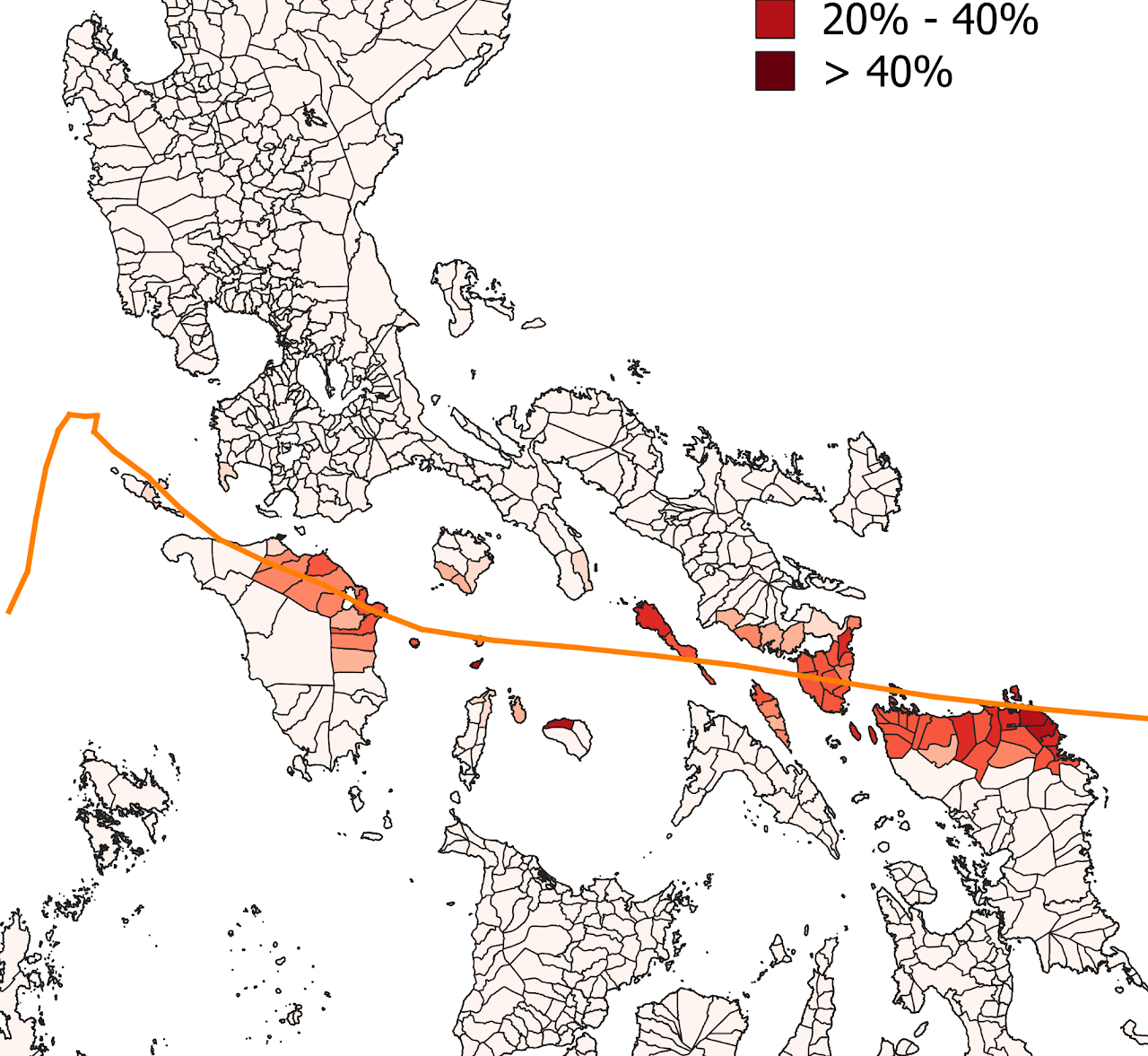Soundscapes of morality: Linking music preferences and moral values through lyrics and audio
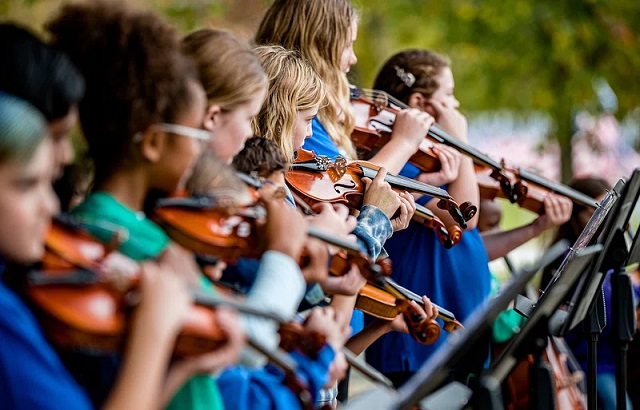
In collaboration with Vjosa Preniqi and Charalampos Saitis from Queen Mary University
Music is a fundamental element in every culture, serving as a universal means of expressing our emotions, feelings, and beliefs. This work investigates the link between our moral values and musical choices through lyrics and audio analyses. We align the psychometric scores of 1,480 participants to acoustics and lyrics features obtained from the top 5 songs of their preferred music artists from Facebook Page Likes. We employ a variety of lyric text processing techniques, including lexicon-based approaches and BERT-based embeddings, to identify each song’s narrative, moral valence, attitude, and emotions. In addition, we extract both low- and high-level audio features to comprehend the encoded information in participants’ musical choices and improve the moral inferences.
We propose a Machine Learning approach and assess the predictive power of lyrical and acoustic features separately and in a multimodal framework for predicting moral values. Results indicate that lyrics and audio features from the artists people like inform us about their morality. Though the most predictive features vary per moral value, the models that utilised a combination of lyrics and audio characteristics were the most successful in predicting moral values, outperforming the models that only used basic features such as user demographics, the popularity of the artists, and the number of likes per user. Audio features boosted the accuracy in the prediction of empathy and equality compared to textual features, while the opposite happened for hierarchy and tradition, where higher prediction scores were driven by lyrical features. This demonstrates the importance of both lyrics and audio features in capturing moral values. The insights gained from our study have a broad range of potential uses, including customising the music experience to meet individual needs, music rehabilitation, or even effective communication campaign crafting.
Read the full article at PLOS ONE
Selected Works
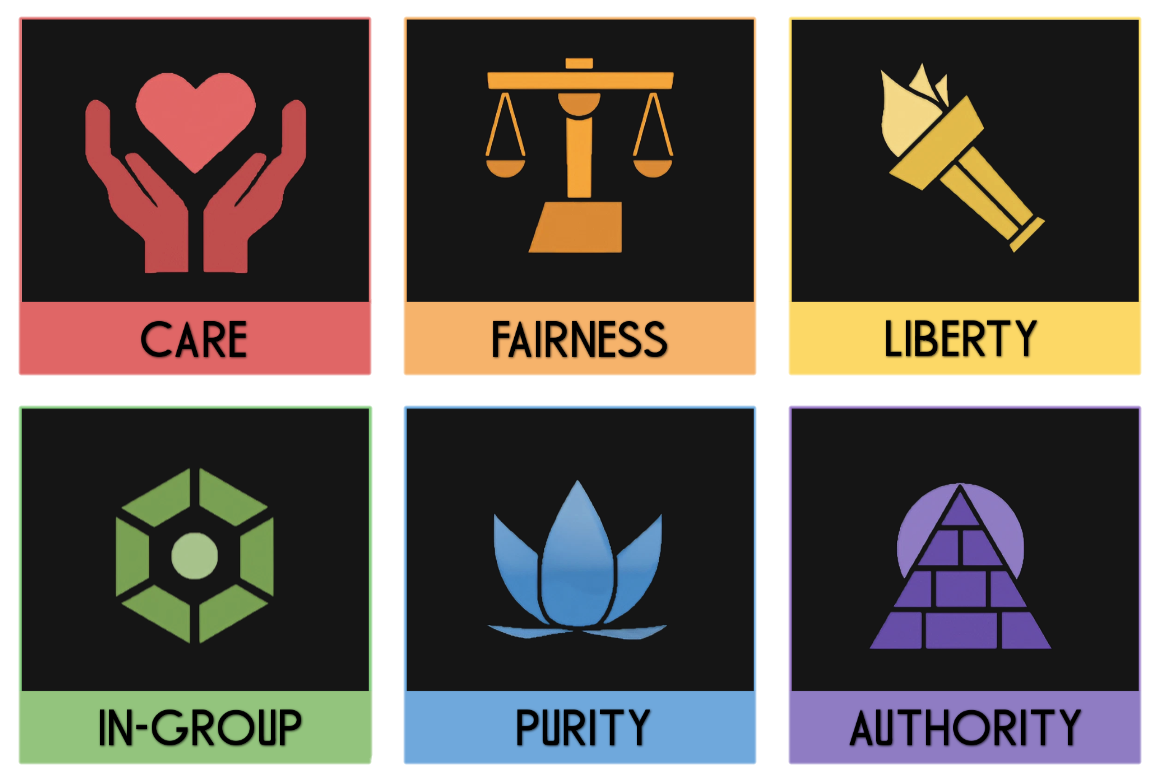
Moral Expression in Different Domains#MoralValues

Political Influence on Vaccination#VaccineHesitancy
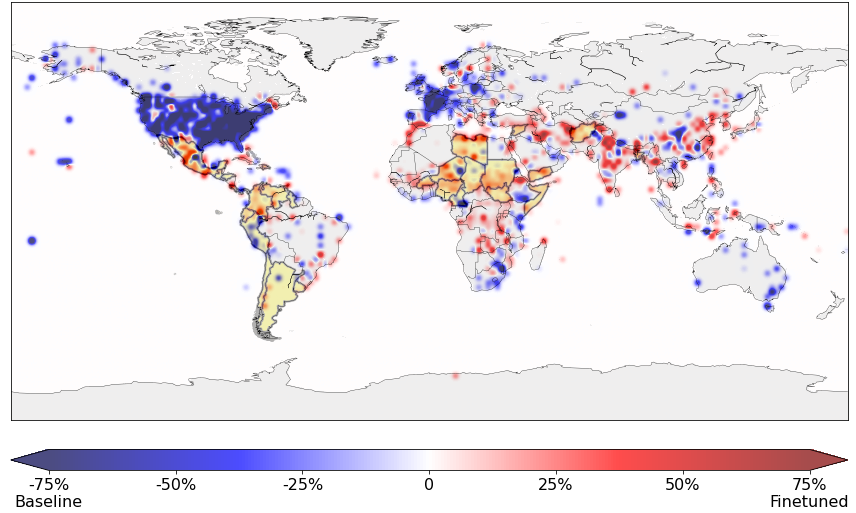
Geolocating Humanitarian Documents#HumanitarianAI
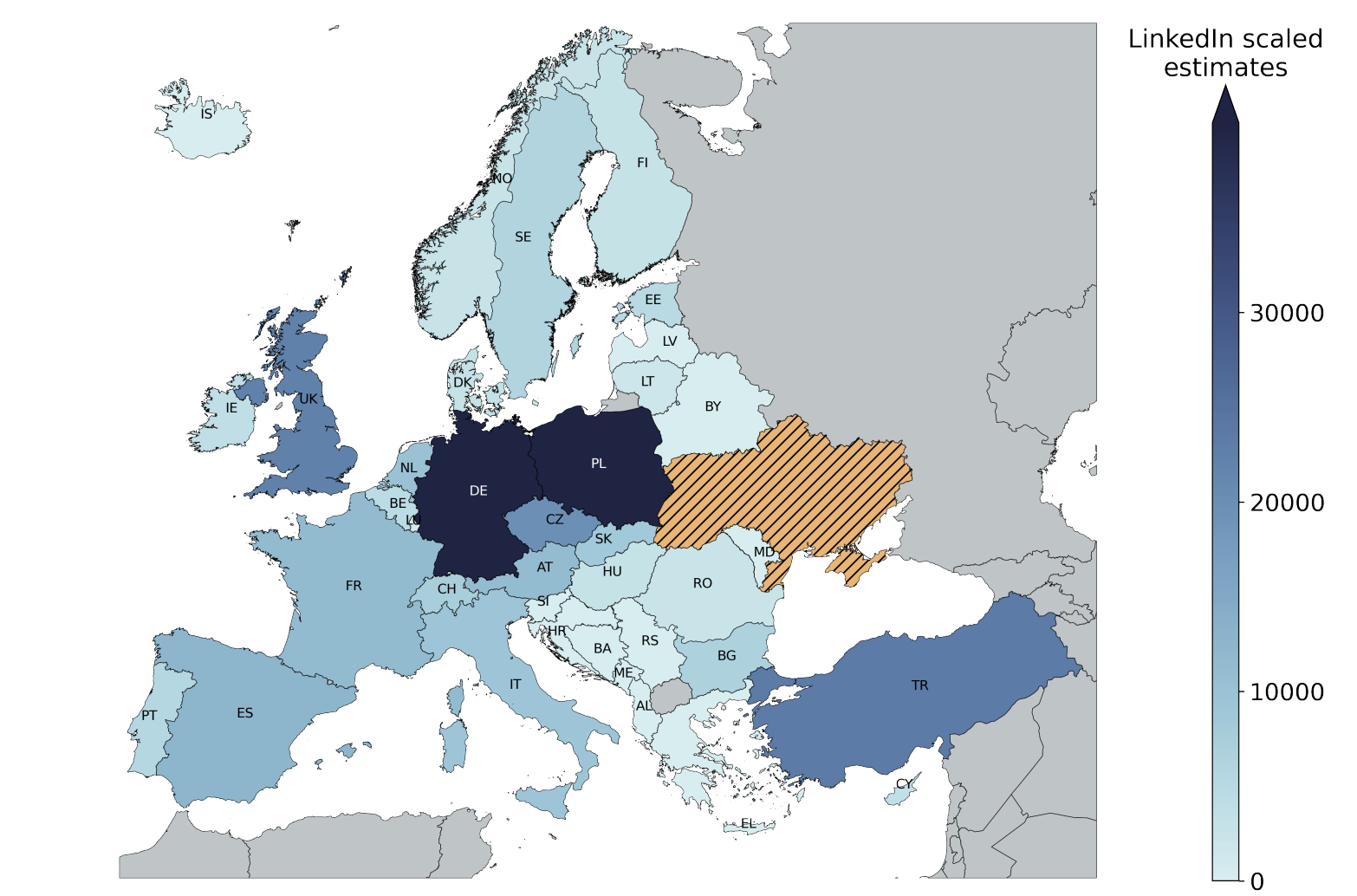
Monitoring Ukrainian Immigration via LinkedIn Estimates#SocialInequalities

Soundscapes of Morality#MoralValues
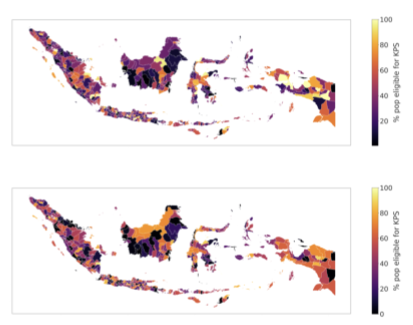
Poverty Index in Indonesia#HumanitarianAI
